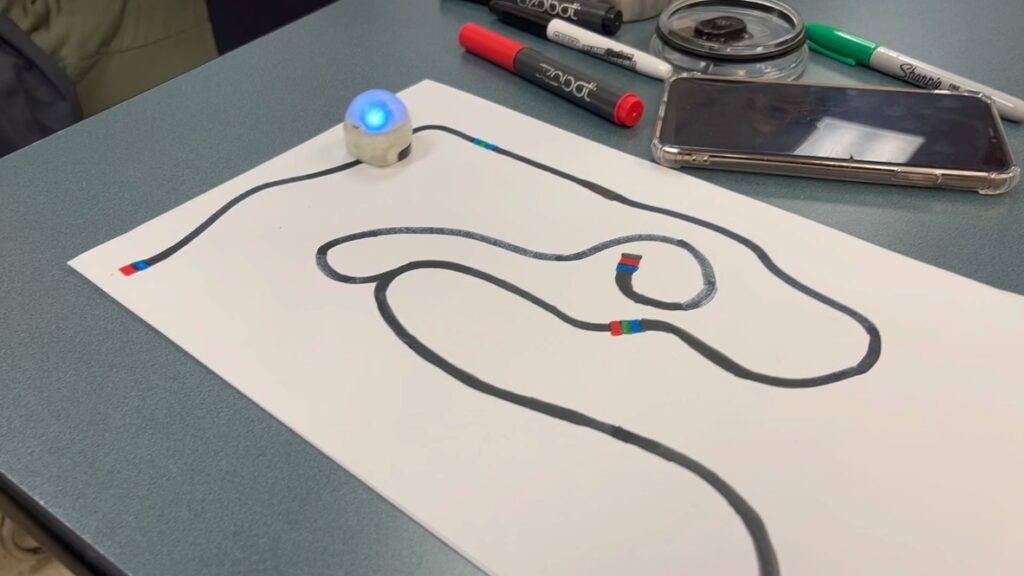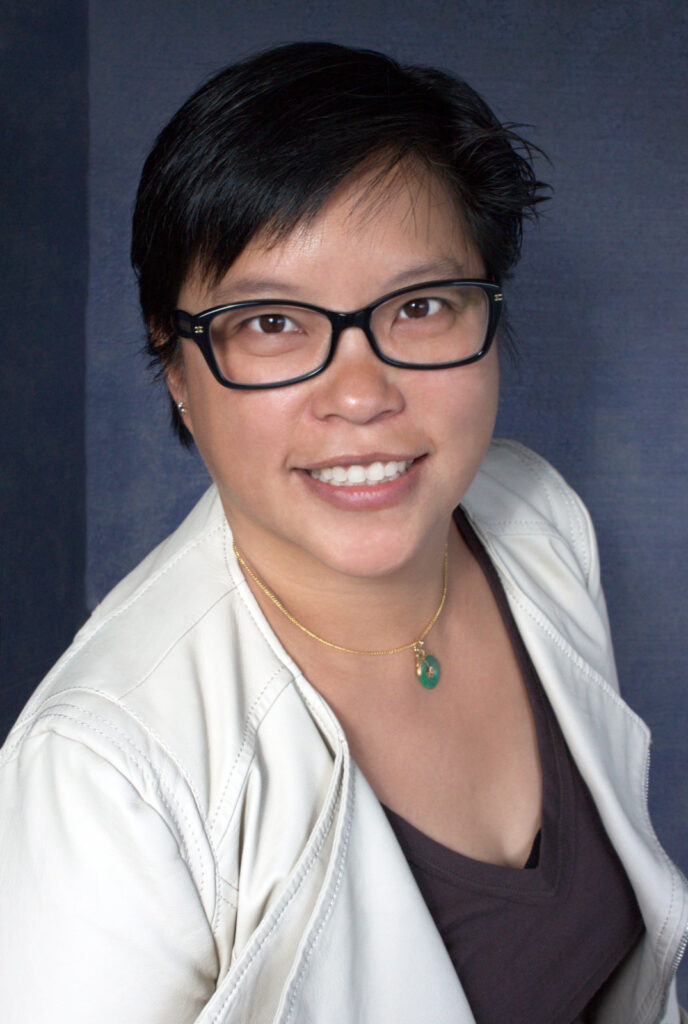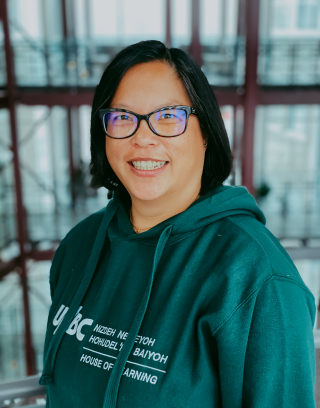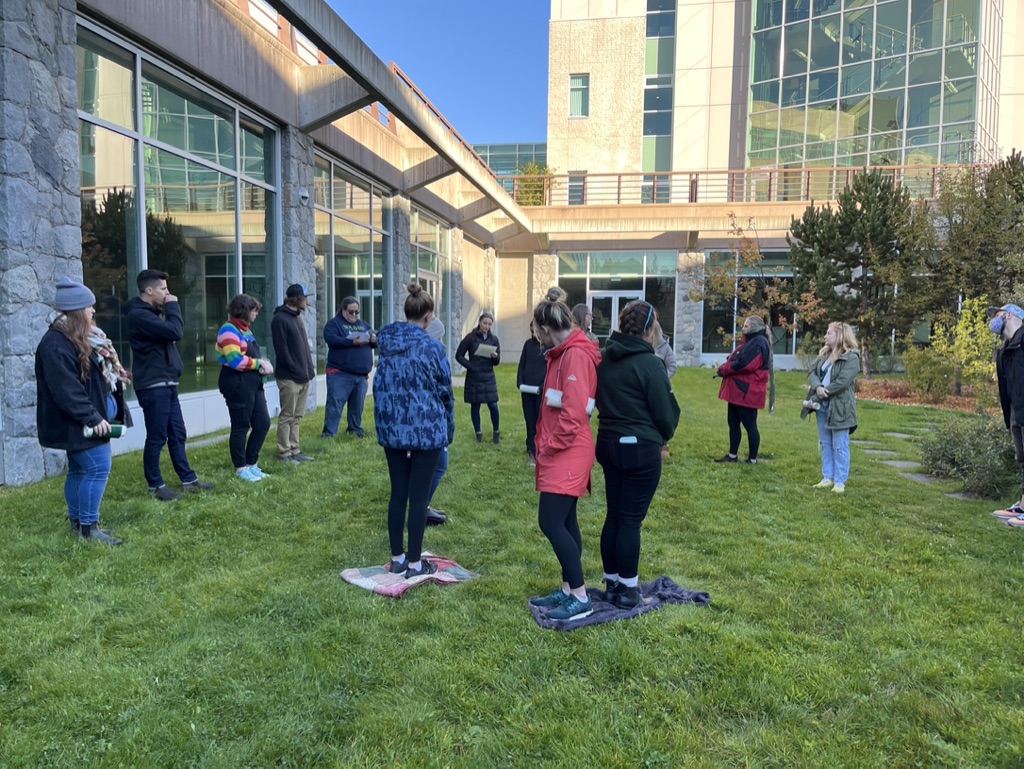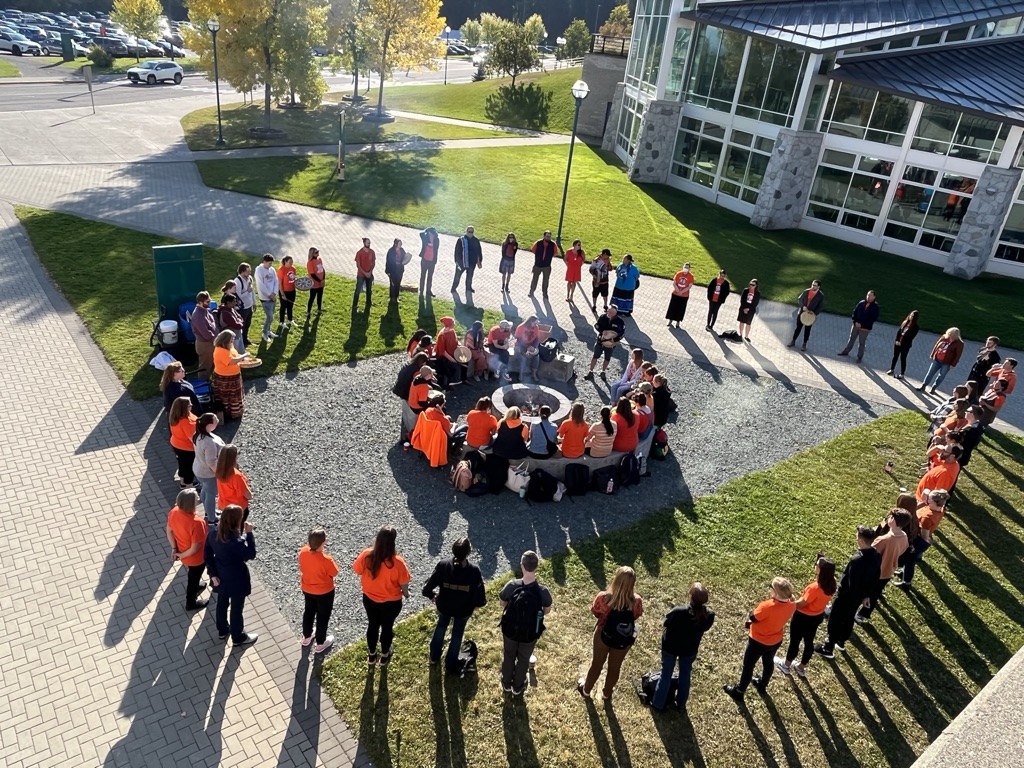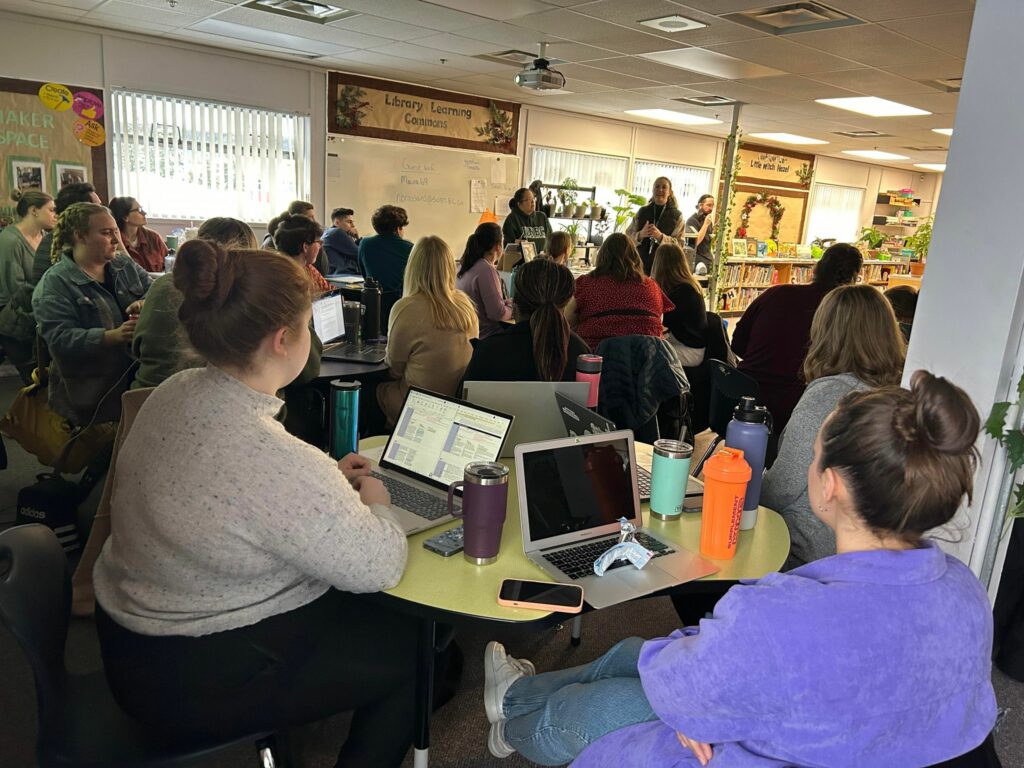Educators implement effective planning, instruction, assessment and reporting practices to create respectful, inclusive environments for student learning and development.
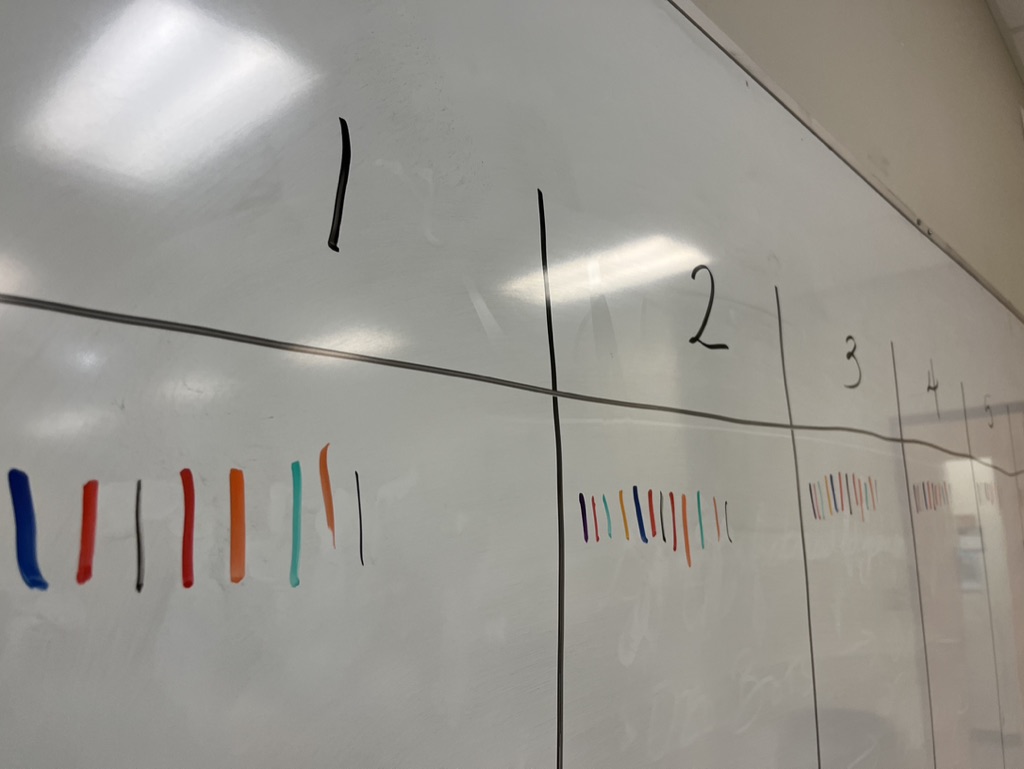
Here I am teaching about coding as part of EDUC 405 and EDUC 394 with the Elementary Cohort. I took liberty this term to blend the course times of these two courses but also create an interdisciplinary experience between reflective practice and portfolios and theory in practice. I wanted for teacher candidates to engage in experiential learning, learning by doing, and collaborate in small groups on how to code using Ozobots (which I borrowed from Exploration Place).
We started playing with Ozobots during EDUC 405 and returned back to this learning in EDUC 394 for a second class to continue this learning. The first class was more of an introduction and how we should include coding and technology as part of ADST (Applied Design, Skills, and Technology) as part of BC’s Curriculum. We were also reading a book on inquiry for early learners and I wanted teacher candidates to experience the value of PLAY and exploration as part of the learning process. I wanted teacher candidates to experience different pedagogies and ways of being in the classroom. After working with Ozobots after the first, I asked the class if they wanted to return back to this learning. It was an unanimous YES!!!
They were having so much fun and learning with and from each other. During the second class, I provided a challenge: to design a circuit using at least 3 operations. I introduced the learning target and three success criteria as a brief introduction to assessment. The teacher candidates were working in triads and were ready for the challenge. Each triad made different circuits, then after a given time, we did a gallery walk to observe and see what other groups did to create their circuit. From this observation, peers offered feedback but also some insight for future learning.
I appreciated how teacher candidates enjoyed the learning process, admired other people’s work, and took pride in their work by recording their Ozobot in action. What was most interesting about this lesson was making a connection to OECD’s 7 Principles of Learning. We were (always) catching up, as I did not anticipate the time that’s required for hands on experiential learning and we returned to the 7 Principles of Learning from a few classes ago. We returned to the document and reflected to self-assess how the Ozobot lesson connected to the 7 principles. I asked the teacher candidates to identify self-assess which elements were true.
After reflection, I asked the teacher candidates to come up to the board to tally which principles applied to the Ozobot lesson. Although not seen quite well in the image above, all 7 principles were clearly visible and experienced in this lesson. I did not expect that. I took a risk to ask the teacher candidates to deepen their understanding of the 7 principles though application and to know that all 7 apply exceeded my expectations. In the end, this learning experience becomes the exemplar for teacher candidates to refer to when designing lesson plans in future. The images below are a few samples of the Ozobot circuits created in EDUC 394.
